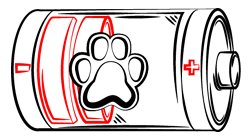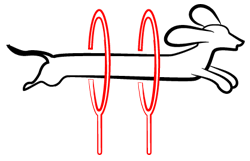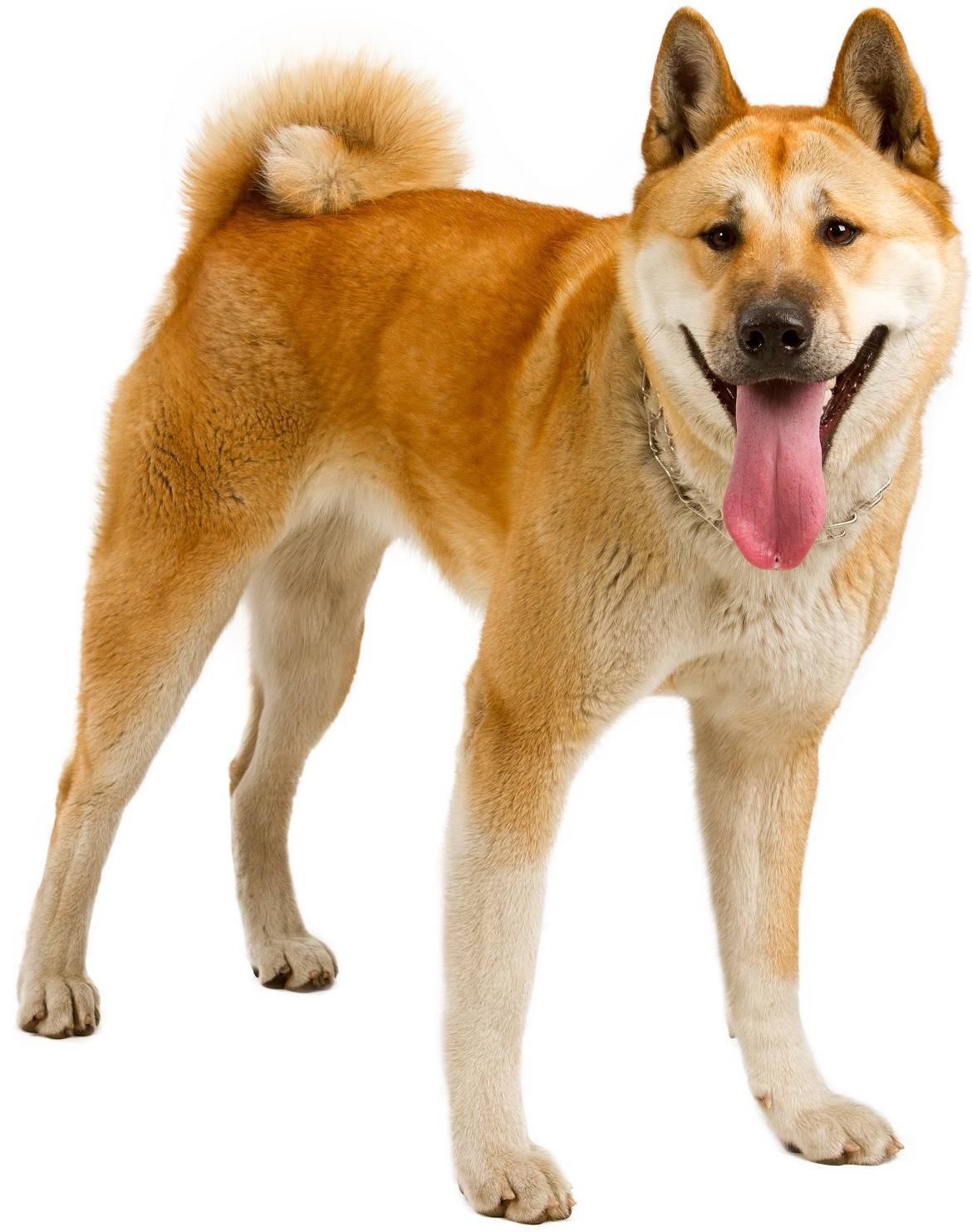
Paws ‘N’ Pups Quickview
Size
| Energy Level
| Trainability
| Paws ‘N’ Pups Rank
|
Characteristics
| Physical Characteristics: Height: 24-28” Weight: 70-110lbs. Energy Level: Low-Moderate | Colors: The American Kennel Club recognizes the Akita in the following colors:
|
| Health & Longevity:10-12 years Breeders screen for the following conditions:
Akitas are susceptible to bloat (gastric torsion), a potentially fatal condition if immediate veterinary intervention is not acquired. Skin problems are also seen. | |
Temperament & Train-ability
The Akita was developed in feudal Japan to guard royalty and nobility. They also hunted large game like wild boar and black bear. Not surprisingly, these jobs produced a large, powerful dog that does not back down from a challenge. Their complex personality makes them one of the most potentially challenging breeds to live with. Only those very experienced with handling difficult dogs should consider owning this breed; Akitas are not suitable for novices. Apartment life is inappropriate, as is living with cats or small animals. A very secure yard is mandatory; fences should be high and sunk to prevent jumping or digging out. This breed must not be a yard dog; they want to be with their people and left alone for long periods are likely to become destructive and aggressive. Akitas are not recommended as family dogs; while some have lived successfully with children, too many will not tolerate any nonsense. This stoic breed is reserved and silent with strangers, but surprisingly sweet with owners. A side strangers never see is the “talking” they do when at home; not prone to barking, Akitas often grunt, groan, moan and mumble. Affectionate, respectful and amusing when bred, socialized and trained properly, the Akita is dignified and sober, not playful or goofy.
Akitas are very dog aggressive; so much so that two dogs of the same sex should never be left together. The fight that can result is often unexpectedly ferocious. Akitas were bred to hunt silently, like a cat. Because of this, they don’t give off many of the signals that other breeds will prior to an attack; this leaves most people caught completely unaware until a battle is raging. To be safe, an Akita should be the only pet in a household. Going to a dog park with an Akita rates as one of the worst ideas ever. With their thick double coats, Akitas love the cold, and do not handle heat well. Their exercise requirements are modest, with two 30-minute walks and occasional runs (in a private fenced area) keeping them satisfied. An Akita should never be allowed off leash as their hunting instincts can surface and they will be gone. Many insurance companies require additional liability coverage for people owning Akitas.
When training an assertive, strong-willed breed, one must partner with the dog; it is folly to attempt harsh methods on an Akita. With mutual respect and positive reinforcement methods, you will be able to communicate your desires effectively as Akitas have a sensitive side, particularly with their people. Akitas need early and continuing socialization to buffer their natural suspicion of strangers and allow them to move through life without seeing threats everywhere. A naturally clean breed, Akitas typically housetrain easily. Positively conditioning handling and grooming is recommended.
Repetition will likely bore your Akita, so they won’t enjoy most dog sports; some still hunt large game, and others have found an outlet such as tracking. Many Akitas are mouthy; if mouthing you becomes annoying, teach the dog a different behavior such as carrying something. Never tease an Akita – they will not see the humor in it.
Grooming
Akitas have a thick double coat; a straight thick outer coat that stands out from the body tops a very dense undercoat. These dogs shed abundantly all year; in spring and fall, the coat is “blown” and shedding will reach mammoth proportions; they require daily brushing during this time. Breeders caution against shaving an Akita; contrary to popular belief, this does not serve to make the dog cooler in hot weather, but quite the opposite. The outer coat insulates from environmental heat, so as long as the shed undercoat is removed, the dog will be more comfortable with the outer coat left on. The other issue that can develop from shaving a double-coated dog is the likelihood of clipper alopecia. This condition causes the hair to come back in patches and faded, if it comes back at all. It can take a year for the coat to come back, but sometimes only patches come in.
Ears must be cleaned regularly, and toenails should be trimmed; even if your Akita wears their nails down (which is unlikely), you will want to maintain the ability to handle their feet, especially useful as they age, when wear to the nails typically slows down. Teeth must also be checked and cleaned regularly.
Diet
The amount of food an Akita will require can vary depending on age, activity level, and type of food fed. On average, they will eat 3-5 cups of food daily, fed in two meals; free feeding should be avoided. A constant supply of fresh, clean water must always be available.
Looking for an Akita?
 Find An Akita Breeder | 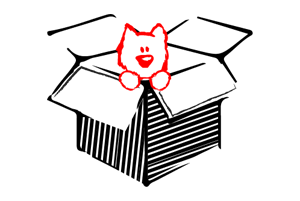 Akita Puppies For Sale | 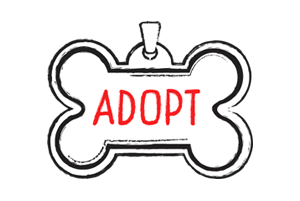 Adopt An Akita |
Cost
Akitas can run from $700 up to $2,500. Breed rescues are very active, and are another option for acquiring a dog. Whether you acquire a dog from a breeder or rescue, do your homework to be assured that the temperaments of the dogs are tested and sound. Ongoing expenditures include the typical supplies, food, and regular vet visits.
Paws ‘N’ Pups Ranking
Paws ‘N’ Pups ranks every breed out of 4 with 1 being easiest to integrate into your life and 4 being the toughest – The lower the ranking the better.
Ranking takes into account a few basic factors such as cost, skill level needed, high vs. low maintenance, and how critical regular training is to success.
The Akita rates a 3.5; the skill, high grooming requirements and amount of time and energy required to manage and live with an Akita make them a very challenging breed to own.
Breeds Similar To Akita
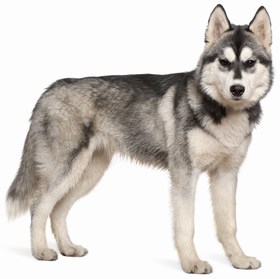 Siberian Husky | 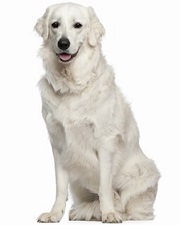 Kuvasz | 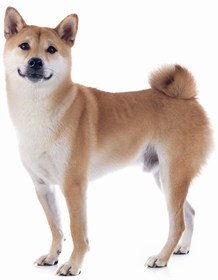 Shiba Inu | 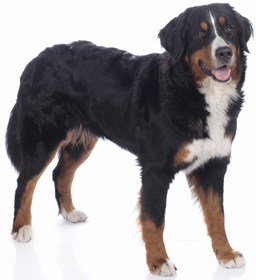 Bernese Mountain Dog |


